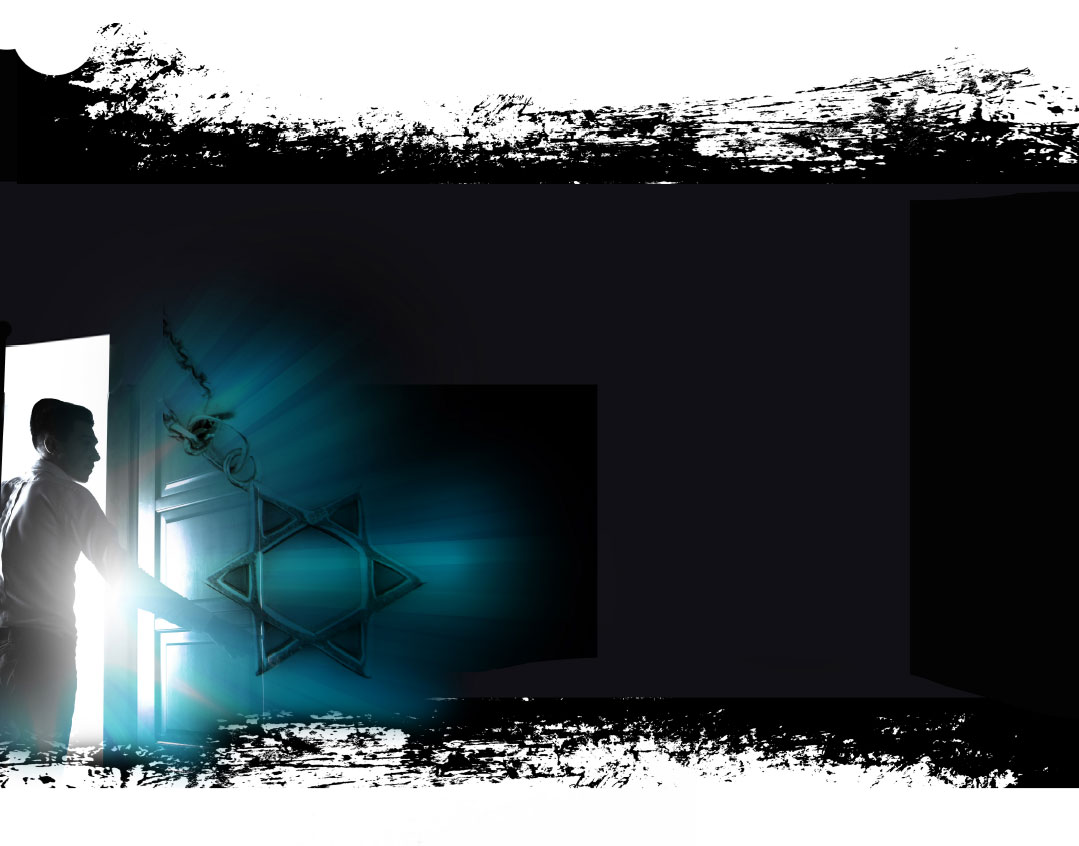Send Them Off as Jews: Chapter 6
| December 23, 2020When there is “nothing left to be done” for someone, usually the greatest thing you can do is simply to be there with him

Uncle Abe was a small man with a large heart. He was naturally reserved, but his words carried such force that it felt like he was always talking. His Yiddishkeit was not sophisticated, but it was heartfelt, genuine, and throbbing with life. If you listened carefully and concentrated just the right way when he was speaking, you could smell the fish markets and hear the sounds of the shtiblach in the Lower East Side of his childhood.
Uncle Abe was ill for some time at the end of his life and spent several months in a nursing facility. We had been close to him for years before that, but, as we discovered, the time spent together at the end of life can yield unexpected treasures. The reality of the finitude of life has a way of sending people searching for and sharing memories that may have been long tucked away.
I was putting on tefillin with him for the first time in a few days after he had a procedure. We got to talking about the tefillin he had owned over the years, which got Uncle Abe recalling his time fighting with the American army during World War Two, a subject he had always been reluctant to discuss. Unprompted, Uncle Abe shared an incredible story of Divine intervention that happened to him during the Battle of the Bulge. When he finished, he was quiet for a moment. With a slight smile, he said, “I haven’t told that story for 50 years.” It is now forever a part of our family lore.
After some time in the nursing facility, Uncle Abe took a dramatic and final turn for the worse. After consulting with doctors and rabbanim, we moved Uncle Abe to a hospice facility. He wasn’t eating and hadn’t spoken at all for a few days. It seemed only a matter of time.
When there is “nothing left to be done” for someone, usually the greatest thing you can do is simply to be there with him. And so along with a stream of admirers, we were there with Uncle Abe as much as possible over the last days of his life.
Part of the routine we had developed for Uncle Abe was that one of his grandsons would visit every day to help him daven and put on his tefillin. Uncle Abe could not control his own arms, so his grandson would wrap the tefillin around his arm and head for him.
On this day, as Uncle Abe lay quietly and was no longer communicating, this grandson sat by his side and said Shema, as he had done every day for months. When he finished, we sat quietly. Suddenly, for the first time in days, we saw Uncle Abe move. Without saying a word, he raised his left arm — his tefillin arm — straight into the air. He wanted his tefillin put on him one more time.
Somewhat in shock, his grandson took out the tefillin, wrapped them around his arm, and placed them on his head. After a minute, he took them off.
Uncle Abe never moved again.
Mourning takes place in gradually more lenient stages: shivah, shloshim, a full year for parents. On one level, this is because the acute pain of loss gradually decreases over time. But we know from Chazal that there is another dynamic at play: the neshamah leaves this world in stages. After shivah, it gets a little more distant from this world; after shloshim, a little more; after a year, it has ascended fully to Shamayim. As the neshamah gradually transitions to Shamayim, the person we lost feels more distant, and the sense of acute loss becomes less visceral.
I borrow this concept somewhat figuratively. But it often feels that as people approach the end of their lives, they have already entered a place that is a little closer to Shamayim. Was Uncle Abe aware of what he was doing when he raised his left arm for his tefillin? I doubt it. But his neshamah knew what it wanted. In this world, the body can disobey the neshamah. When you are not quite of this world anymore, the neshamah starts calling the shots.
In his discussion of the end of life, Rav Shlomo Wolbe points out that not every person gets a spontaneous infusion of spirituality when they reach this point. Body and soul are in a delicate balance throughout a person’s life. To the extent we identify with our spiritual side, the transition to a spiritual world is more natural, and the neshamah’s ideals come to the fore. Someone who is very wrapped up in the body will find it a harder transition to imagine, but there is a point where everyone seems to know and understand they are between two worlds.
The person leaving this world almost always seems serene. But those around them often struggle to come to grips with what is happening. Perhaps, as long as we are in the grip of Olam Hazeh — especially today, when Olam Hazeh has ways of overwhelming us — the prospect of a world of the neshamah is subconsciously terrifying, and we lose any sense of bearing and lack any framework for what that really means.
But for someone who is on the way, it becomes simply and peacefully clear: The neshamah naturally begins to assert control, and a different set of priorities takes hold.
The Gemara tells us about Rav Yosef son of Rabi Yehoshua, who fell into a coma and had a vision of the Next World.
“I saw an upside-down world,” he told his father, describing that those who are important in this world were insignificant over there.
“No,” said his father, “you saw a clear world.”
Rabi Yehoshua saw the world as it really is, not as the darkness of Olam Hazeh leads us to believe. If we learn to see it, that vision of a clear world can give us all sorts of treasures. And whether it is conscious or not, we will raise our own arms for our tefillin with a little more conviction.
Rabbi Daniel Rose is the rabbi at Bnai Jacob Shaarei Zion Congregation in Baltimore, Maryland. He used to serve as the chaplain and director of Jewish Hospice Services for Seasons Hospice and Palliative Care of Maryland. He is also the author of Building Eternity: A New Perspective on the Meaning of Marriage (Menucha Publishers).
(Originally featured in Mishpacha, Issue 841)
Oops! We could not locate your form.



